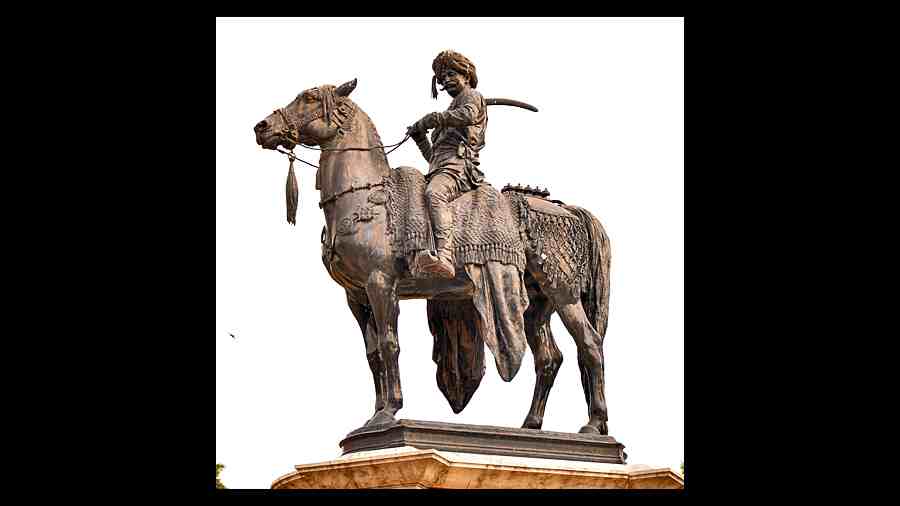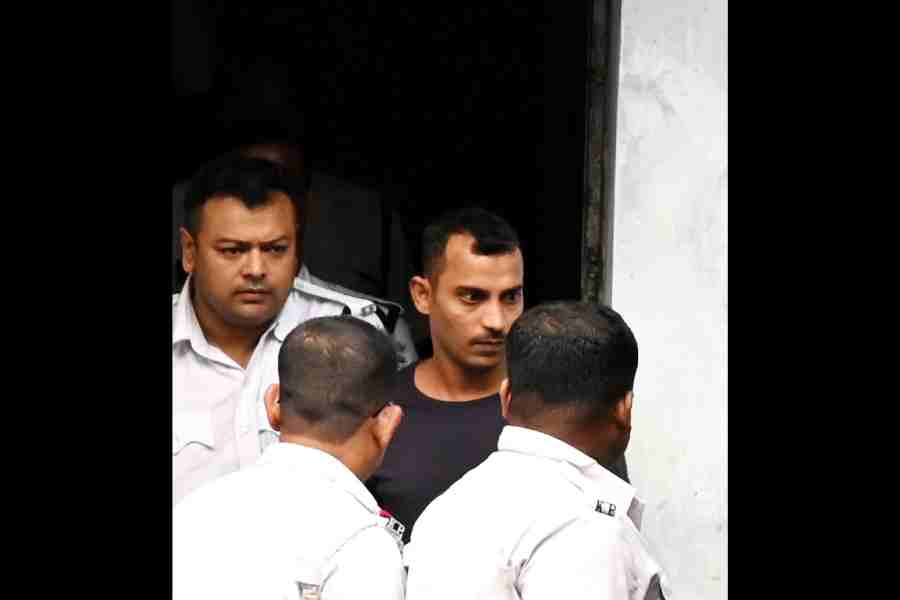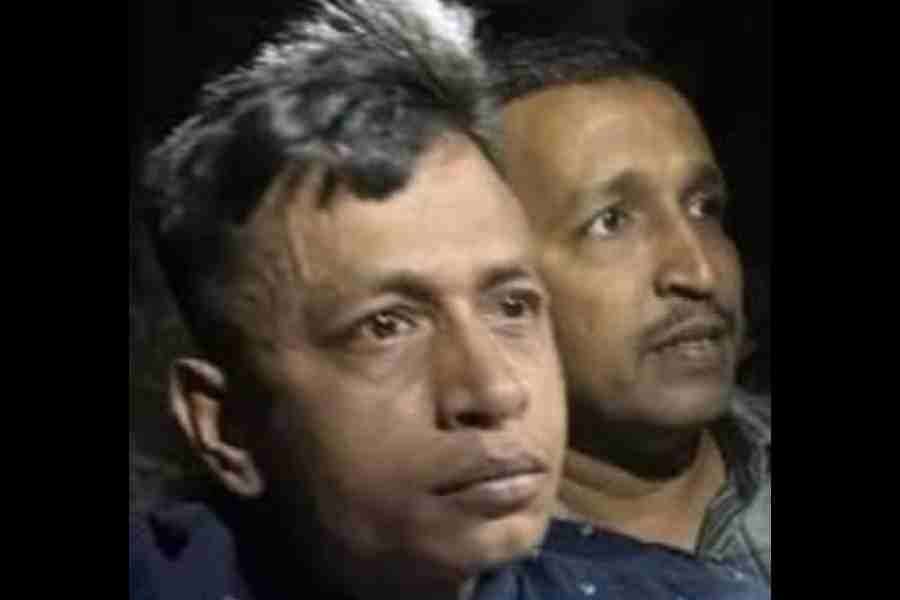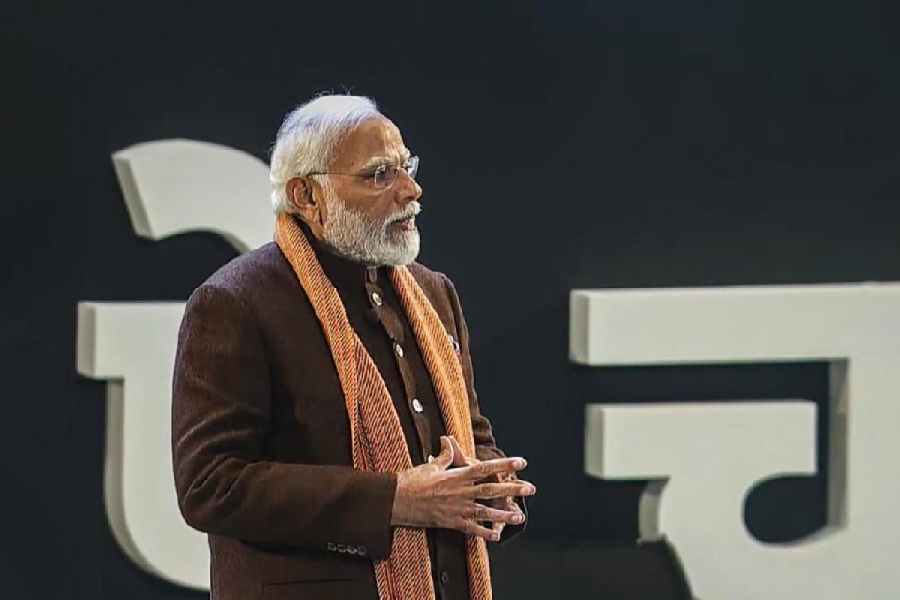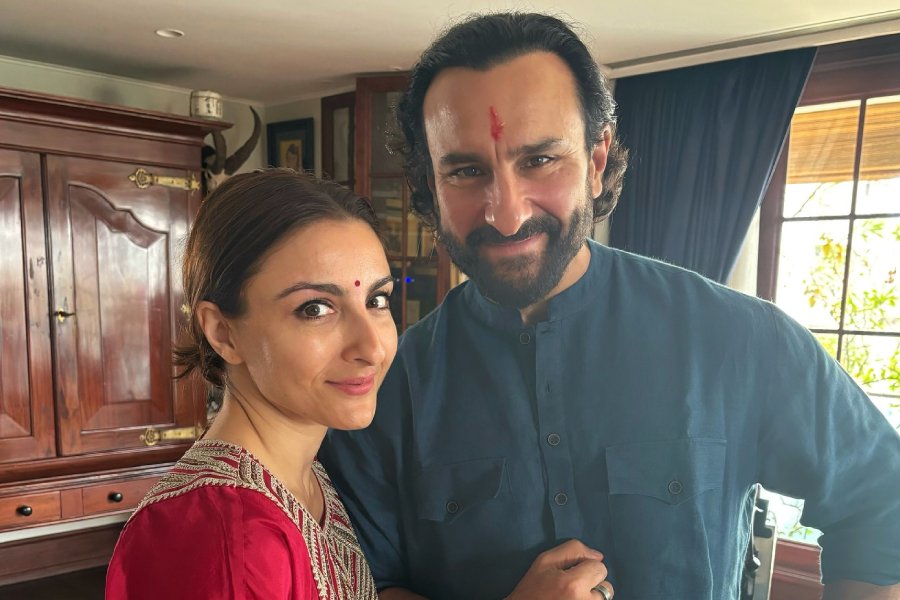Last month, in one of the wonderful bookstores on Bengaluru’s Church Street, I picked up a copy of a book by a French scholar of India. Though a professedly academic work, and published almost two decades ago, it speaks directly to the present.
Jackie Assayag’s At the Confluence of Two Rivers: Muslims and Hindus in South India presents a fine-grained ethnography of relations between Hindus and Muslims in northern Karnataka. Assayag dissents from those who talk of a perfect HinduMuslim synthesis in precolonial India, a ‘composite culture’ that brought together the two communities in peace and amity. Nonetheless, he argues that over much of recorded history Hindus and Muslims lived side by side without much friction. In everyday life, co-existence was often more visible than conflict. Their economic life was one of interdependence, with Hindu shopkeepers servicing Muslim clients and vice versa. While they lived in separate quarters and inter-marriage was virtually unknown, and even close friendships across the religious boundary rare, Hindus and Muslims had, over the centuries, learnt to rub along with one another in the street, in the market and, occasionally, in sacred spaces too.
One section of the book deals with shrines in north Karnataka frequented by both Hindus and Muslims. They include a roadside dargah to a Muslim saint where “all the villagers pay homage to the pir, and some Hindus, following the example of their Muslim brethren, never fail to invoke his blessings before starting a new venture”. Assayag writes of the annual festival in memory of the great 12th-century reformer, Basavanna, who was associated in myth and memory with that animal vital to agrarian life, the buffalo. On this occasion, “like the Hindus, the Muslims too look on their buffaloes as incarnations of Basavanna and respect them accordingly”.
The most interesting example of religious syncretism documented by Assayag is of shrines to a folk hero named Rajabag Savar, who is regarded by the Hindus as a guru and the Muslims as a saint. Studying these shrines, Assayag found that here “an avatara of Vishnu and an intercessor of Allah are rolled into one in the person of an ascetic who had renounced the world, was a tolerably good magician and miracle-worker, and was enrolled simultaneously under the ochre banner of Vaishnavism and the green banner of Islam”.
I was reading Professor Assayag’s book against the background of the forthcoming assembly election in Karnataka. The ruling party in the state, the Bharatiya Janata Party, has deliberately chosen to make its campaign one of Hindus versus Muslims. This decision was taken more than a year ago. Hence the controversies around the wearing of the hijab, the sale of halal meat, and romantic liaisons between Hindus and Muslims, stoked and kept active by both ‘mainstream’ as well as ‘fringe’ elements of the sangh parivar. Making the Hindus of Karnataka fearful and suspicious of the Muslims of Karnataka has been adopted as the central electoral plank of the BJP in the state.
The BJP came to power in Karnataka in July 2019 by inducing defections by legislators then part of a Congress-Janata Dal (Secular) coalition government. In the three-anda-half years since, the state government’s record has been altogether underwhelming. Charges of corruption abound; while evidence of administrative incompetence is continuously visible, as in the entirely man-made floods that ravaged the state’s capital and showpiece of the country’s IT industry in August last year.
Some argue that the ruling party’s decision to make this a Hindu versus Muslim question is a cloak for bad performance. However, it is also a matter of ideology. In an article for The Wire, that long-time observer of Karnataka politics, Professor James Manor, writes of the BJP’s attempts at communal polarisation that “it has sustained this, forcefully and systematically, over many months and it has reached levels seldom seen in other states.” This “headlong pursuit of hard Hindutva,” he observes, “was driven by BJP officials appointed by national leaders whose intentions were clear from earlier appointments. When a ministerial post in New Delhi opened up for a Karnataka MP, they chose not a Lingayat or a Vokkaliga [the state’s dominant communities], but a wildly extreme Brahmin, Ananth Kumar Hegde. Then they selected another incendiary Brahmin MP from Bengaluru South, Tejasvi Surya, to head the BJP’s national youth wing.” To this list of incendiary actors occupying important posts one might add the BJP’s general-secretary, B.L. Santhosh, a Hindutva super-troll on social media, and the president of the BJP’s Karnataka unit, Nalin Kumar Kateel, whose own incendiary statements we shall come to presently.
All these appointments bear the handiwork of the home minister, Amit Shah, who plays a far more active role in this state’s politics than his position should warrant. In the last week of 2022, it was Shah who formally inaugurated his party’s campaign in Karnataka, when, at an event in Mandya, he told voters to choose between “those who glorify Tipu Sultan” and those who are “with patriots”. ‘Tipu followers’ are here code for Muslims, of course. The home minister’s lead was energetically followed by the Karnataka BJP chief, who, a few days later, urged party voters to focus on the question of “love jihad’” rather than on what he saw as the “minor” issues of sewage and bad infrastructure. Last week, Mr Kateel further asked voters to ensure that followers of Tipu “should not remain in this land and only those who perform bhajans of Ram should”.
As both warrior and ruler, Tipu Sultan remains controversial; he gave endowments to Hindu temples as well as wore his Islamic faith on his sleeve. However, even if this 18th-century figure was actually guilty of all the awful crimes Hindutva historians accuse him of, why should law-abiding Muslims in the 21st century be punished on that account? The weaponisation of history to persecute innocent citizens is antithetical to all norms of civilised behaviour. But then civility and decency are not virtues one ever associates with the Hindu Right.
In the preface to the English edition of his book, Jackie Assayag said his research “testifies that the so-called ‘war’ between the gross categories of Hindus and Muslims is not a rule, but a historical falsification originating in xenophob[ia] and ethnic-nationalism”. Tragically, in the years since this was written, this historical falsification has won ever more adherents. At the level of politics, the construction of a ‘Hindu’vote bank has reaped rapid electoral dividends for the BJP. At the level of everyday life, it has deepened the animosity between Indians of different faith traditions.
Professor Assayag conducted his fieldwork in the 1980s and early 1990s. This was the period when a wave of Hindu-Muslim riots broke out in northern and western India, with substantial ripple effects in the southern state of Karnataka. The BJP was fast rising as a political force, propelled by the divisive and bloody Ram janmabhoomi campaign. Hindutva ideologues, wrote Assayag, wished“to redraw the map of India, which they confuse with the territory of a sacred nation in which the Ramayana is continuously replayed, with Rama chasing away demons currently embodied by the Muslims”. In the Hindu rashtra these ideologues wished to construct, “the only choice available to the Muslims would be assimilation, expulsion or annihilation.”
By the end of the 1990s, communal conflict in Karnataka had somewhat abated. The first two decades of this century witnessed a relative social peace. Now, however, tensions are escalating once more. Though Islamic radicalism is by no means absent, by virtue of the numbers, economic power, and the political dominance at the Centre it now commands, majority communalism represents by far the greater threat to the State.
The prime minister and the head of the Rashtriya Swayamsevak Sangh may occasionally speak of reaching out to Muslims. However, the rhetoric of the home minister, the Karnataka BJP president, and other leading politicians should make it clear what the party’s strategy in Karnatakais, namely, to make Hindus vote as Hindus and against Muslims. This, to reiterate, is not merely a matter of tactics (a cover for poor performance) but equally, or even more, a matter of belief. A commitment to Hindu supremacy and a corresponding desire to stigmatise and demonise Muslims are at the core of Hindutva ideology.
In Karnataka, as in Uttar Pradesh and Assam before it, the BJP hopes to win a crucial state election through religious polarisation. Its calculation is that in the three-cornered contests that are characteristic of this state, if half or more of the Hindus vote specifically as Hindus, the party will be home and dry. This strategy, if successful, will further undermine the prospects for peace and prosperity in Karnataka.
ramachandraguha@yahoo.in

